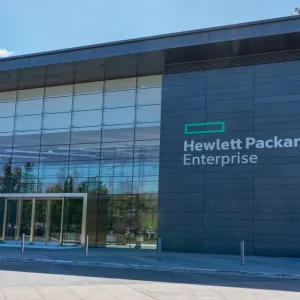The origins of ‘crowdsourcing’ lie very much in the business world. The term is widely accepted to have been coined by Wired magazine in 2006, in an article analysing how businesses were beginning to outsource tasks, usually handled by an individual to a larger number of people, in the expectation it would gain faster results for a cheaper price.
Since then, business use of crowdsourcing techniques has become more established. Crowdfunding, for example, has become a common way of raising funds, while Spigit Engage customers provide a great example of how businesses are applying crowdsourcing to the innovation process.
However, such is the potential and power of ‘the crowd’, just how far can crowdsourcing be taken – not just in business, but society as a whole?
Organisations are already extending the crowdsourcing boundaries to larger, more diverse audiences. The UN Refugee agency (UNHCR) recently ran a challenge on Spigit Engage to find new ways to better integrate refugees into new communities. As well as asking for solutions across the UN, it also involved employees of partner agencies, as well as refugees themselves.
McDonalds is the latest of a number of global brands to throw down the challenge of product innovation to the customers themselves. The "burger builder" initiative allows fans to customise the ideal burger by selecting up to six ingredients from a selection of over 80, with the most popular in contention to appear on UK menus in the coming months. No-doubt this will now be coined ‘McCrowd Saucing’.
While the food and retail sectors have been experimenting with crowdsourcing for some time, due largely to the integral role the consumer plays, other industries are starting to see the value also. NASA, for instance, recently launched a crowdsourcing project to gather public ideas around how its space technology could be used in the consumer world. NASA already lays claim to many of the inventions we now use in our day to day lives, such as smartphone cameras, however, it feels with the power of the crowd it can find more consumer value in its technology.
But just how much bigger can crowdsourcing go? One form of institution, which relies heavily on the support and goodwill of the crowd to survive, is government. Rather than assign the task of policy creation to a select few, in the hope their ideas will gain enough votes to win the next election, why not go straight to the public and crowd source the party’s next political manifesto?
Clearly, applying this approach in reality would take some planning and may throw up a number of drawbacks, however, the power of the crowd has got political commentators talking. While stopping short of suggesting it as a manifesto generator, The Times’ Daniel Finkelstein recently identified crowdsourcing as a threat to the existence of politicians. He theorises that the role of the politician was born out of mankind becoming too large in number to govern themselves. As communities could no longer gather in one place (i.e. the town square) to make decisions, individuals were elected to take over this responsibility on behalf of the masses. Finkelstein believes the internet, and with it the ability to crowd source, threatens to reverse this trend as it is now easier than ever to gather people together and harness their opinions.
Although the prospect of a digital form of socialism is unlikely, Finkelstein’s piece illustrates the positive potential of harnessing the wisdom of the crowd. Using modern technology, people (be it in their role as workers, consumers or citizens) can have their voices heard louder and clearer than ever before. Businesses have already woken up to the importance of this, and know that listening to their employees or customers is integral to survival. However, the power of the crowd can be effectively channeled to solve social issues too.
The collective wisdom of the workforce is now being drawn on to improve patient care in the NHS. Senior leaders can set challenges involving thousands of staff to input into new strategies. It’s led to a 15% jump in employee satisfaction by actively engaging workers. That’s hugely powerful when you think of how many people’s lives are touched by the NHS.
Whether it’s helping refugees settle in new communities, developing healthcare advances from space technology or a government taking on board the suggestions of its electorate – crowdsourcing can help make the world a better place. As technology and gamification techniques become even more sophisticated, the potential of crowdsourcing is limitless.






